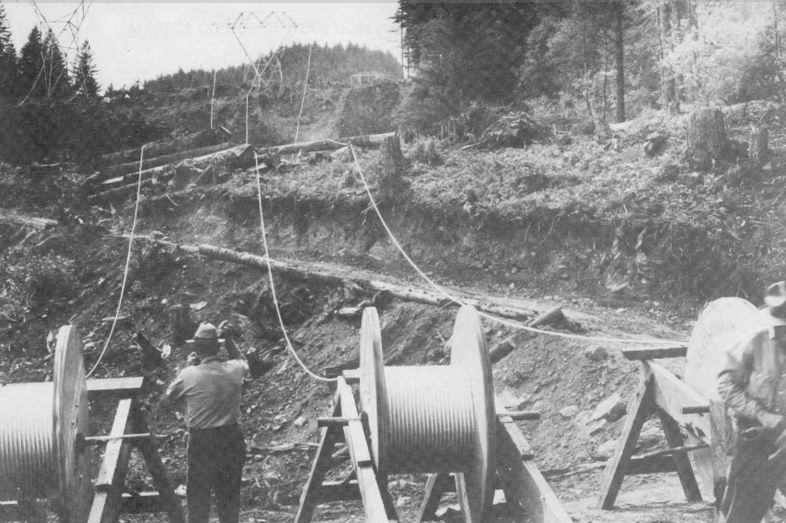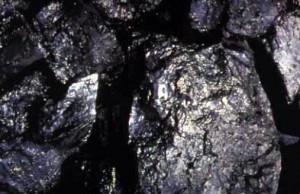U of M Humphrey “report” on CapX 2020
April 28th, 2016

It’s out, the report from U of M Humphrey School of Public Affairs about CapX 2020, headlining it as a “Model for addressing climate change.“
Transmission Planning and CapX 2020: Building Trust to Build Regional Transmission Systems
Oh, please, this is all about coal, and you know it. This is all about enabling marketing of electricity. In fact, Xcel’s Tim Carlsbad testified most honestly that CapX 2020 was not for wind! That’s because electrical energy isn’t ID’d by generation source, as Jimbo Alders also testified, and under FERC, discrimination in generation sources is not allowed, transmission must serve whatever is there. And the report early on, p. 4, notes:
Both North and South Dakota have strong wind resources and North Dakota also has low-BTU lignite
coal resources that it wants to continue to use. New high-voltage transmission lines are needed to
support the Dakotas’ ability to export electricity to neighboring states.See also: ICF-Independent Assessment MISO Benefits
Anyway, here it is, and it’s much like Phyllis Reha’s puff piece promoting CapX 2020 years ago while she was on the Public Utilities Commission, that this is the model other states should use:
MN PUC Commissioner Reha’s Feb 15 2006 presentation promoting CapX 2020
So put on your waders and reading glasses and have at it.
Here’s the word on the 2005 Transmission Omnibus Bill from Hell – Chapter 97 – Revisor of Statutes that gave Xcel and Co. just what they wanted, transmission as a revenue stream:

And note how opposition is addressed, countered by an organization that received how much to promote transmission. This is SO condescending:

… and opposition discounted because it’s so technical, what with load flow studies, energy consumption trends, how could we possibly understand? We couldn’t possibly understand… nevermind that the decreased demand we warned of, and which demonstrated lack of need, was the reality that we were entering in 2008.

And remember Steve Rakow’s chart of demand, entered at the very end of the Certificate of Need hearing when demand was at issue??? In addition to NO identification of axis values, the trend he promoted, and which was adopted by the ALJ and Commission, has NOT happened, and instead Xcel is adjusting to the “new normal” and whining that the grid is only 55% utilized in its e21 and rate case filings. Here’s Steve Rakow’s chart:

Reality peak demand trajectory was lower than Rakow’s “slow growth” line, in fact, it’s the opposite from 2007 to present. Suffice it to say:

Info Requests in ITC Midwest MN/IA transmission
March 5th, 2014
It’s a different kind of “Wild West” in transmission these days (the photo up above could well be the old 230 kV line through PA and New Jersey!). But it gets pretty exciting reading through these applications and seeing what it is that these evil transmission promoters are doing.
I did send out a lot of Information Requests today on the ITC Midwest MN/IA transmission project:
IR 1 to ITC (sent a while ago, responses received)
What I’m most concerned about is that they’re touting all these benefits resulting from this project, but the benefits are associated with not just this project, but the REST of MVP 3, which is this project PLUS the MidAmerican part of MVP 3 in Iowa, PLUS MVP 4 (heading eastward to the Mississippi, and MVP 5, which is heading up to the Madison 345 kV ring, not just the part connecting the MVP 3 and MVP 5, but also Badger Coulee connecting CapX from La Crosse to Madison. IT’S ALL CONNECTED, and the benefits, as modeled by PROMOD, are economic benefits, where a fundamental assumption of the modeling which includes ALL of the MVP projects, and not just MVP 3, MVP 4 and MVP 5, but all 17 of them. 17. OK, find, we’re including all those benefits…
… but what about costs? Wellllllllllllll…
They’re only addressing costs for their teeny-tiny portion of MVP 3, about 1/2 of it in Minnesota and a little bit into Iowa, the red part on this map, and no other costs:

The cost/benefit analysis of this project is a little unbalanced:
And it should come as no surprise that their lead witness, ITC Midwest’s David Grover, was behind the TRANSLink docket (oh my… for that docket, go to the PUC search page, and search for docket 02-2152 (NSP) and/or 02-2119 (IP&L) where both utilities were asking the PUC for permission to transfer transmission assets to TRANSLink, what was to be the first transmission only company in Minnesota. It wasn’t exactly going well, and so they bought out the enviros who had intervened:
Things went south in transmission from there, because even though the TRANSLink Petition was withdrawn, the utilities just did it another way, and got everything they wanted, including legislation authorizing transmission only companies:
2005 Ch 97 – Transmission Omnibus Bill from Hell — Xcel’s transmission perks and C-BED
… plus perks like construction work in progress (CWIP) rate recovery, broadened definition of “need,” on and on, a transmission company or utility’s dream.
It’s all connected…
BPU issues Susquehanna-Roseland Order
April 21st, 2010
It’s out, hot off the press:
I feel a Motion for Reconsideration coming on…
Transmission for coal – FERC AD05-3
March 21st, 2009
Yes, all this transmission we see, the hard to believe plans of superhighways across the country, MTEP, JCSP, Green Power Express, TrAIL line, Mid-Atlantic Power Pathway, Susquehanna-Roseland, on and on and on, it’s for coal, we know that, but when the truth jumps up and is as in-your-face as it is at this meeting… well, ya gotta read it to believe it. From the FERC docket entitled PROMOTING REGIONAL TRANSMISSION PLANNING AND EXPANSION TO FACILITATE FUEL DIVERSITY INCLUDING EXPANDED USES OF COAL-FIRED RESOURCES (really, that’s the name…):
Here, from p. 61, is a tantalizing snippet from the Pres. of PJM:
PJM is certainly proud of what has been accomplished to date to open up markets to coal, but there is much more that we and others in this region can do to further enhance that use of coal.
It is for this reason that, today, PJM is setting out by example, a new initiative which we have labeled Project Mountaineer — appropriately titled for the state that we’re in — to utilize our regional transmission expansion planning process to explore ways to further develop an efficient transmission super highway, if you will, to deliver the low-cost coal resources in this region of the country, to market.
And to actually build it when people don’t want it over their land, don’t want to look at it, don’t want the EMF impacts? Well, they say…
About the only answer to that would be some sort of federal siting law that would basically overcome local property rights.
National Interest Electric Transmission Corridors anyone? This was in 2005… as the CapX Technical Report was about to be published, putting all of this into action… sigh….
To look up the entire docket, go HERE and search for AD05-3, and voila, there it is for your edification and reading enjoyment!
It’s all for coal, we know that, and we’ve got to NOT let them get away with this!


